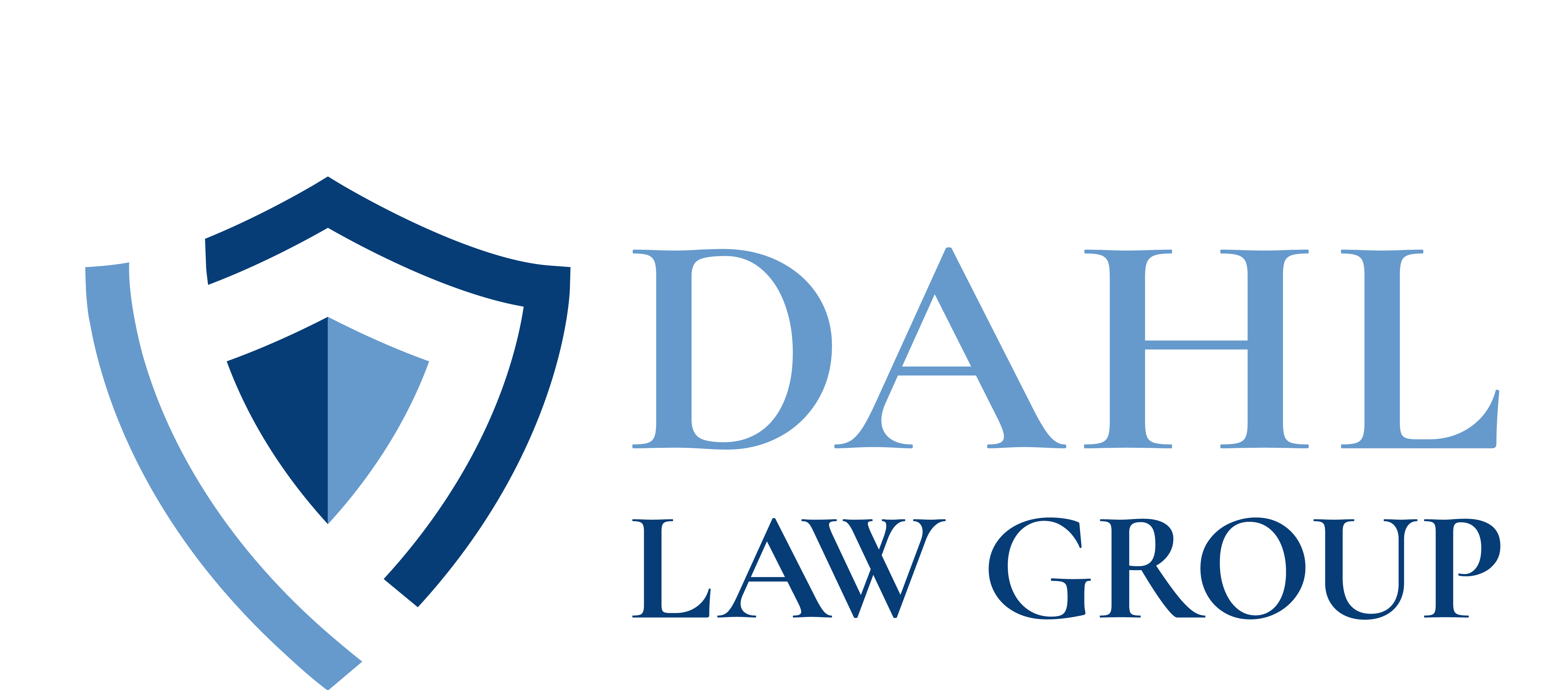
When you put your hard-earned money into a big expenditure, you hope to get great value out of it over time. Of course, you will generally accomplish this in a practical way, but the value of most assets will also depreciate (lose value) over time. This prevents you from buying, using, and flipping most assets for the same value you paid in the beginning.
That’s where depreciation from the tax basis of the asset, which we covered last week read more, comes in. Depreciation has further financial implications beyond just the value you lose in any attempted resale. You or your business will be able to claim the depreciation of these expensive capital assets, and, thanks to a 2018 change in the Internal Revenue Code, you can actually claim the depreciation all at once.
Understanding Section 179
Prior to Section 179, depreciation needed to be claimed over the useful life of the asset itself. Let’s say you purchased an industrial 3D printer for $65,000 for your business and, using the IRS mandated rules and tables, determined that it will depreciate in value over the next five years at roughly $13,000 a year (for a total of $65,000, or a zero “tax value” at the end of the five years). Under the previous guidelines, you would claim this depreciation as a business deduction each year for $13,000 per year.
Section 179 of the code flips this and allows business owners to claim 100% of that depreciation upfront. Instead of waiting the full five years, you can move that expense up and claim the full $65,000 in the first tax year that the asset was in use. Of course, like any other tax deduction, credit, or any other advantage the IRS gives taxpayers to save money, there are limitations in how much Section 179 deductions you can claim in a year.
Which Assets Qualify?
Only certain assets can be claimed under Section 179, though the net is cast wide. The Internal Revenue Code allows for depreciation to be claimed upfront on purchased assets that are primarily used for business purposes. You cannot claim depreciation under Section 179 on assets you purchased from a related party such as a family member or an organization that you have a direct relationship with.
The asset must fall into at least one of the following categories:
- Tangible (any property that exists physically and can be used excluding homes)
- Computer software
- Equipment or machinery
- Business vehicles with a gross weight of over 6,000 lbs
- Certain improvements on the company building such as a new security system, HVAC, or roofing
There are a number of questions that businesses have about Section 179 still. What happens if you claim a 10-year depreciation for an asset but then sell it before that ten-year period is up? What if the asset is destroyed in a casualty loss, natural disaster, or theft? What if I put the asset into service for my business, claim the depreciation, and then place the asset out of service for a long period of time?
It’s important to work closely with a tax professional who fully understands the ins and outs of the Internal Revenue Code. The Law Offices of Tyler Q. Dahl works to make sure its clients have the best possible guidance. If your business is planning or recently made big purchases and needs to navigate the tools available through Section 179, contact The Law Offices of Tyler Q. Dahl.



